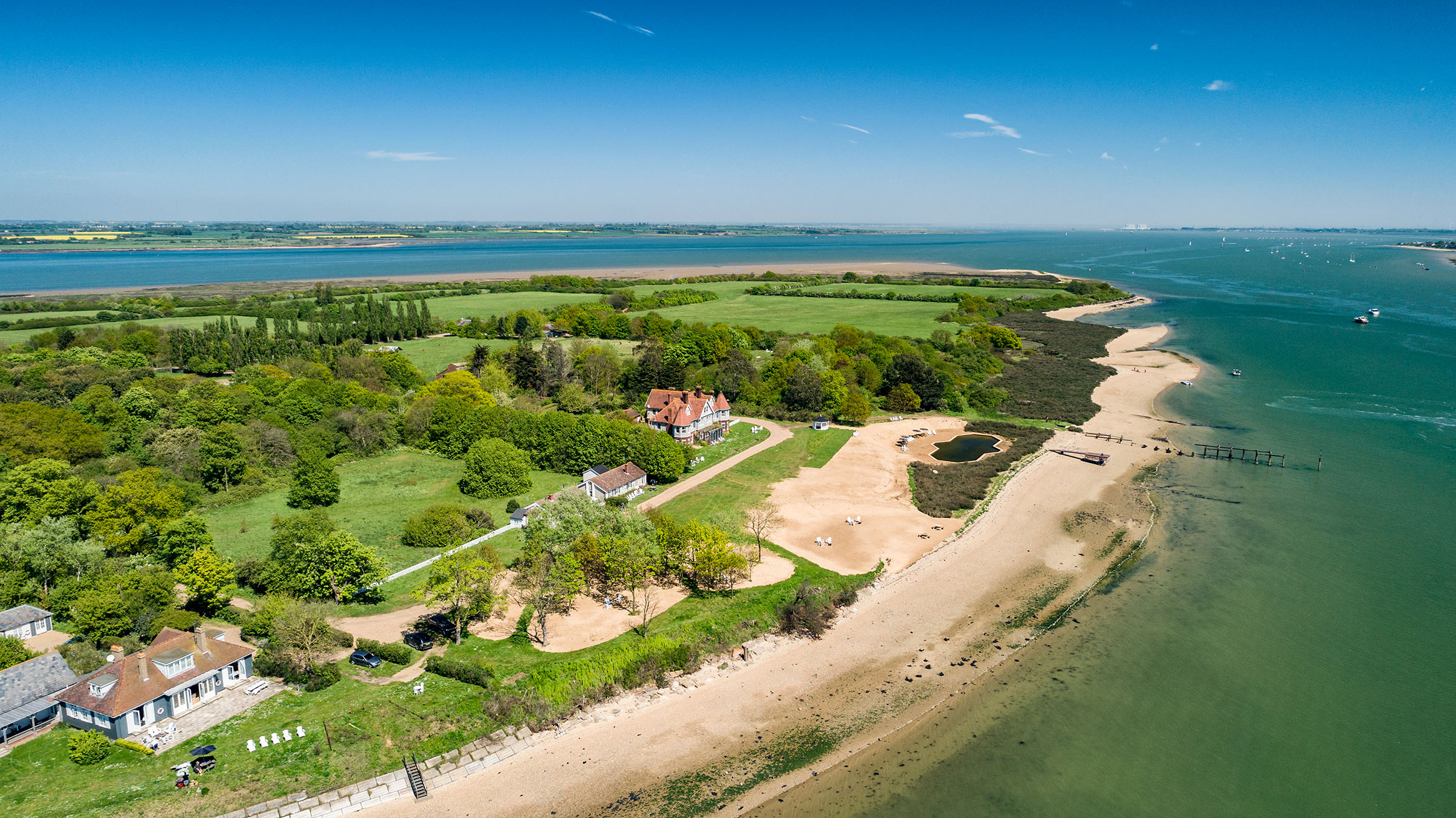16th century Mill House in Somerset
This well-presented former mill house is set in enchanting gardens, with paddock and barns, in a small hamlet in Somerset

Coombe Mill is a very attractive 16th century former mill house in the small Somerset hamlet of Coombe. Listed Grade II, the property is built of red stone elevations under a tiled roof and has been very sympathetically restored to provide a very comfortable family home.
Accommodation is blessed with a good deal of character, and includes an excellent reception space with a south-facing garden room leading onto a terrace, reception hall, a dining room with beamed ceiling and a double drawing room with summer and winter sitting areas. The kitchen is a great family space and the pantry is a useful cold store.
The most captivating room is the mill room which can be occupied in a variety of ways, and exhibits the beautifully-preserved mill workings.

* Subscribe to Country Life; Country Life Digital Edition
The gardens are landscaped to include a profusion of specimen trees, shrubs and herbaceous borders. There is a good range of outbuildings including a substantial barn. The grounds come to just under four acres.
Coombe Mill is situated in the small hamlet of Coombe to the north east of Taunton, at the southern end of the Quantock Hills. The popular village of EWst Monkton is nearby with its village inn, church and nearby farm shop.
The guide price is £950,000. For further information please contact Chesterton Humberts on 01823 288 484.
Sign up for the Country Life Newsletter
Exquisite houses, the beauty of Nature, and how to get the most from your life, straight to your inbox.
* Country houses for sale in Somerset
* Follow Country Life property on Twitter
-
 380 acres and 90 bedrooms on the £25m private island being sold by one of Britain's top music producers
380 acres and 90 bedrooms on the £25m private island being sold by one of Britain's top music producersStormzy, Rihanna and the Rolling Stones are just a part of the story at Osea Island, a dot on the map in the seas off Essex.
By Lotte Brundle Published
-
 'A delicious chance to step back in time and bask in the best of Britain': An insider's guide to The Season
'A delicious chance to step back in time and bask in the best of Britain': An insider's guide to The SeasonHere's how to navigate this summer's top events in style, from those who know best.
By Madeleine Silver Published
